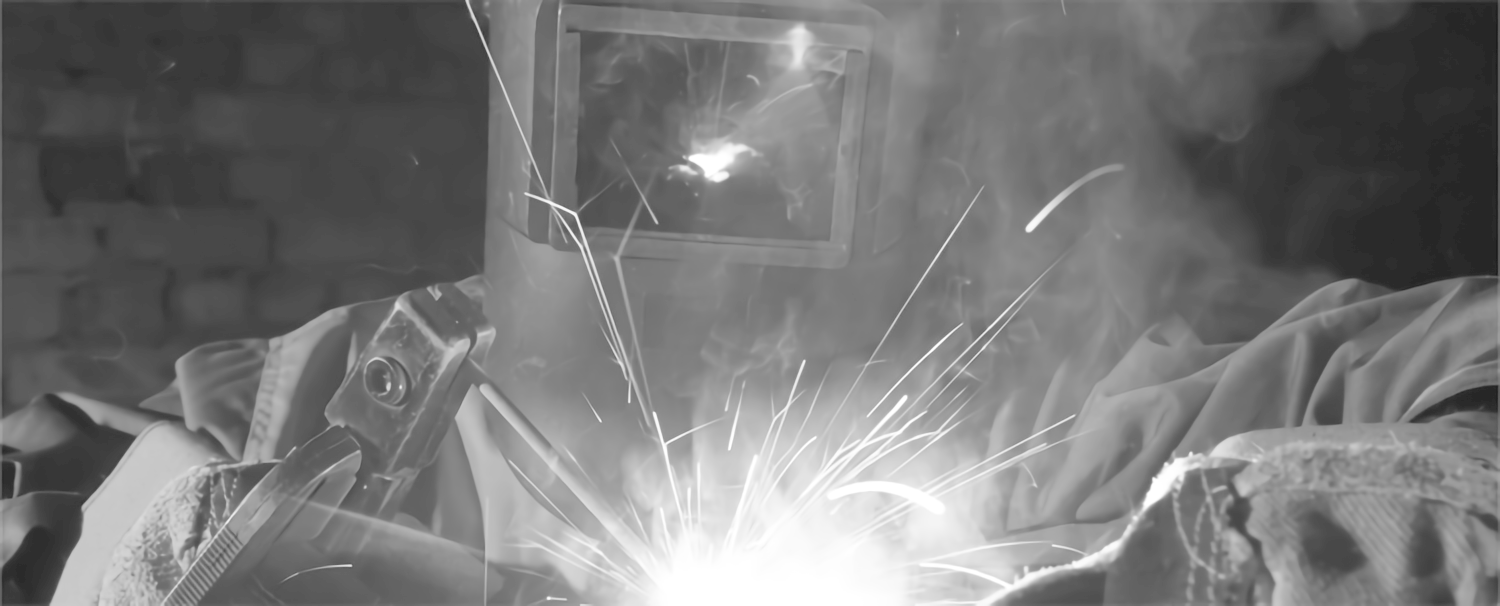TWS is a Great Training Option for Everyone
Learn more about how we can prepare you to advance your career.
The popularity of America’s skilled trade careers has been in steady decline for the past few generations, and industries that have relied on American workers across the country are now feeling the effects of that. While the shortage puts employers at a disadvantage, it also creates huge opportunities for newcomers to the industry.
Why There are Fewer Workers in the Skilled Trades
There are a few reasons that have contributed to the decline of skilled trade jobs.
- High school students are often pushed toward university education and then onward toward white collar jobs. In fact, one poll reported that only 6% of high school students desired a future career in the skilled trades.
- Older professionals are approaching retirement. In 2012, a study conducted by EMSI revealed that 53% of US skilled trade workers were at least 45 years old. More urgently, 18.6% of skilled trade workers were between the ages of 55 and 64.
- Many workers do not put off retirement once they reach 65 and are able to start collecting benefits. This means that nearly 20% of the skilled trade workforce may need to be replaced over the next decade to maintain a stable work environment.
- During the recession, many skilled workers left the industry after being laid off from their jobs and retrained themselves for different fields. Now as the economy is rebounding, they will not return to the skilled trades.
Consequences of the Labor Shortage
Ultimately, not filling these jobs could mean that there will be fewer US jobs like these in the future as markets look for other ways to meet demand. While some trades are inherently protected by geography from being outsourced (such as HVAC and plumbing), there are still consequences for the economy. As labor shortages continue, productivity as a whole suffers, and this curbs economic growth.
This has led to major investments in the education of new labor in the skilled trades.
Have You Considered a Career in the Skilled Trades?
Fill out the form to recieve a no obligation info packet.
Incentives for Students to Enter the Skilled Trades
There is widespread support to encourage more young men and women to pursue careers in the skilled trades. In the 2014 State of the Union Speech, President Obama called for an overhaul of America’s federal training programs, promoting greater participation of apprenticeships and other forms of skilled trades training. These calls to action are part of the efforts being made to improve economic growth and stability by focusing on the livelihood of Americans.
There are also various groups and NGOs, like SkillsUSA, that promote skilled trades to high schoolers to give them exposure to skilled trade work and help them develop an interest in it. There are also a number of programs, including mikeroweWORKS, that raise money for skilled trade scholarships for students who plan to attend trade school or other skilled trade education programs.
Turning Skilled Labor Shortages into Opportunity
In 2010, 14% of US employers reported having difficulty filling positions within their organizations. The most common problem was that available applicants were underqualified – their skill level wasn’t high enough to fulfill the role that employers needed them to. With proper technical education, newcomers to the field can bridge the skill gap and give themselves more opportunities for employment. Trade schools and vocational training programs across the country are sending more graduates into the workforce every day to carve out successful careers for themselves in welding, HVAC, plumbing, and more.
For more information about shortages in the skilled trades, download the full white paper.
Addressing Worker Shortages in the Skilled Trades

New: Industrial Maintenance
Learn About Our New Advanced Industrial Maintenance Program
Tulsa Welding School is proud to announce our newest program offering available at our Houston & Dallas Metro Campuses – Advanced Industrial Maintenance Technology! Learn the skills you need to take on the industries of manufacturing, distribution, energy production and facility maintenance in as few as 7 months.
http://education.yahoo.net/articles/jobs_that_are_hard_to_fill.htm
http://www.reliableplant.com/Read/15760/poll-skilled-trades-rank-low-in-teens’-career-options
http://profoundlydisconnected.com/trading-up/
This blog has been labeled as archived as it may no longer contain the most up-to-date data. For a list of all current blog posts, please visit our blog homepage at https://www.tws.edu/blog/







